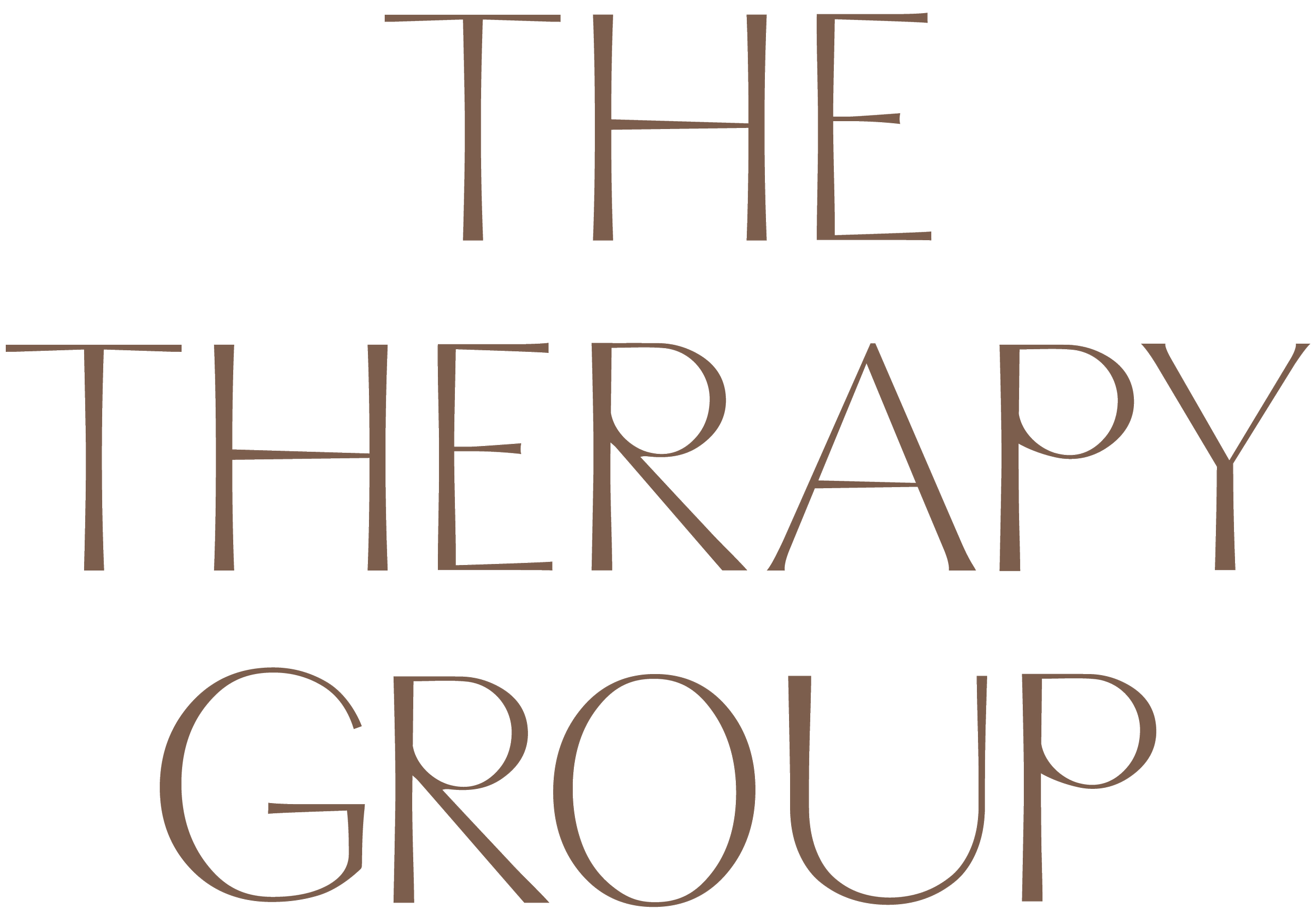Stop Saying “This is a Safe Space”
“This is a safe space” is a phrase heard far and wide across therapy offices, yoga studios, classrooms, workplaces, relationships – pretty much anywhere there are humans. It’s a trendy phrase. Often it is uttered to encourage people to open up in one way or another to a therapist, to an experience or to a class of their peers. People say this with the intention of signaling that they are capable of holding whatever the sharing person needs to express. While seemingly positive and reassuring, what fails to be considered in saying this is the actual experience of the person being asked to share. Only that person can determine if a space is safe. A space isn’t safe just because a someone else says so.
The term “safe space” originated in the LGBTQ community. The purpose of these designated safe spaces was to provide an environment where marginalized people could be open about their concerns, ideas and experiences without fear of retribution. In its original state, the safe space was mutually agreed upon by all participants. Let me repeat that – the safe space is mutually agreed upon by all participants. Like many concepts created by marginalized communities, the safe space has been capitalized upon and twisted into something that barely resembles its original form. The purpose of designated safe spaces has been lost and the foundational principle of mutuality is forgotten about completely.
Today’s iteration of this phrase fails to consider the experience of the person who is being asked to be vulnerable. Quite the opposite is happening, in fact. When a person says to another, “This is a safe space” they are signaling to that person that the group has created an environment where vulnerability is okay, and the sharer’s deep feelings will be protected and held. Does the person designating the space as safe know this to be true? No, and they can only find out by opening a dialogue.
Creating a safe space requires constant conversation. The people who are there to support someone else must continually assess their own place in that relationship and in society, especially if there is a privilege or power differential. By not recognizing the systems of privilege and power, especially when the sharing person is part of a marginalized community, we prevent them from bringing their whole, integrated self into the room. That alone creates a lack of safety. The message being sent by saying “This is a safe space” without recognition of systems of oppression or differences in authority is that part of the sharing person isn’t welcome or should be suppressed in order for the other to be comfortable. The act of constantly assessing and reassessing blind spots as the person aiming to create the safe space is absolutely critical in order to have these conversations. Safety isn’t a one and done conversation, either. For true safety, this dialogue never closes.
Safe spaces do not exist without conflict. Quite the contrary is true. In order to foster the growth of a safe space, conflict is critical. Through conflict, the strength of the relationship is shown. By allowing a person to bring conflict to us, we assert that the relationship is not fragile and that we are open and willing to engage in repair. Conflict in a relationship presents the opportunity to make the bond between people stronger by seeing problems and finding a way to move forward together. In the effort to see and hear a person in their conflict with us, we show them that a space is safe, rather than giving them lip service. This holds true in all contexts, be it with your romantic partner, your insensitive boss or the friend who is always giving you unsolicited advice.
Safe spaces are created when the vulnerable party determines that the space is safe and only then. By telling the sharer it is safe without their input, we make ourselves experts of their experience. In asking someone if they feel comfortable sharing, the person opening up has the freedom to decide. As therapists, friends, parents, mentors and teachers, we do our best to create these safe spaces through validation and empathy but ultimately, the power to designate the space as safe does not belong to us. So, stop saying “This is a safe space” and focus instead on creating one.
